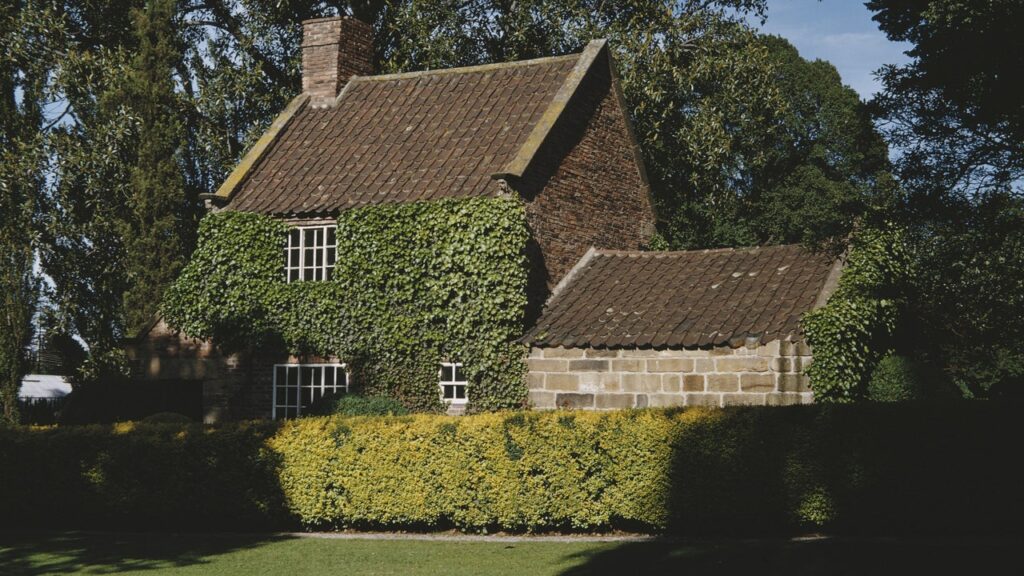What was once old can be new (or hip) again. It’s the same with old houses. Today, we find older, historic homes appealing for a lot of reasons. For starters, buying an older house curbs further suburban sprawl. It also helps us document our complete history—ventures like the Texas Freedom Colonies Project offer a more accurate and multilayered version of the past that’s more inclusive of Black settlements. But perhaps the major reason old houses are popular again is that first-time home buyers like millennials and Gen Z are buying historical houses in greater numbers.
And for good reason: These dwellings tend to be way more affordable. “It’s not that uncommon to see a very large home of 5,000 square feet built in the early 1900s that is livable for $300,000 or less,” says Lucas A. Neuffer, founder of Instagram account Historical Homes of America. “I just shared one yesterday.” According to the Bank of America Institute, older millennials especially face significant financial burdens these days. So it’s no wonder that two thirds of new buyers in 2023 said they surfed real estate market apps with a set budget in mind.
Which brings us to the popularity of Instagram accounts like Cheap Old Houses. The house listings posted on the account are all for sale, and most are priced under $100,000, with a max of $150,000. “Millennials and younger people, especially, feel priced out of the housing market,” says Elizabeth Finkelstein, a preservation expert and founder of Cheap Old Houses. “Cheap old houses offer another pathway.” Since the start of the pandemic, the account has gone from 75,000 followers to 2.6 million, then went on to become a HGTV show, and now a glossy coffee table book as of last October.
Beyond just being a cheaper option, older houses allow many of us to hop on the DIY historic home renovation bandwagon and fulfill our wildest HGTV fantasies. Since Extreme Home Makeover: Home Edition premiered more than 20 years ago, a litany of other fixer-upper series has followed, inspiring millennial and Gen Z viewers to imagine themselves easily making over a house. According to a study by Harvard University’s Joint Center for Housing Studies, people under the age of 35, “the group most likely to undertake improvement projects themselves,” spent $24 billion on house renovations between 2015 and 2019. That’s a lot of money used to replaster deteriorating walls or drop in new wood to prop up rotting porches.
But to the experts, that’s money well spent. In fact, the irony is that anyone buying a cheap older house could later turn a profit if they choose to resell the home. “Correctly restored or rehabilitated places hold their value,” explains Kelee Katillac, interior and architectural designer and preservation consultant. In her new book, Historic Style, she offers inspiration and guidelines for how to stay true to one’s personal style while honoring a home’s history. “Don’t change historical windows in shape, pattern, or size. You will be destroying the history of the place and harming your investment,” Katillac says. “We see that historic properties that are structurally honored maintain value.”

